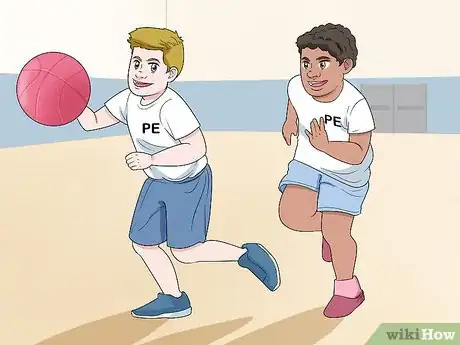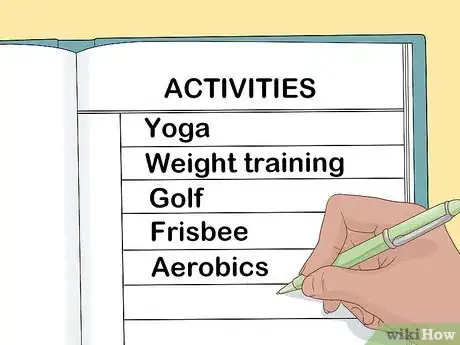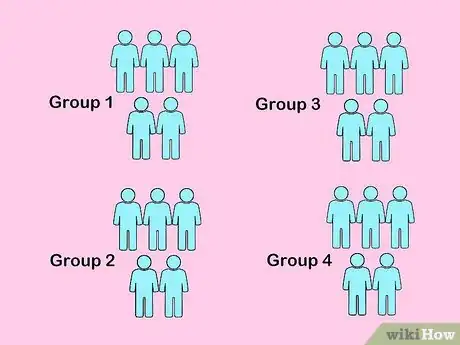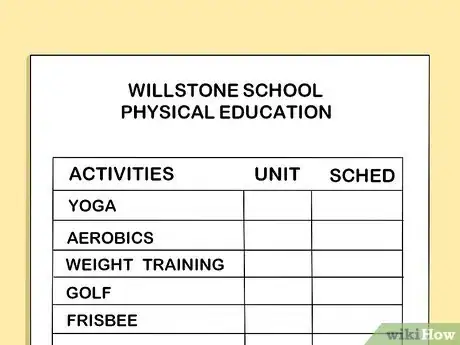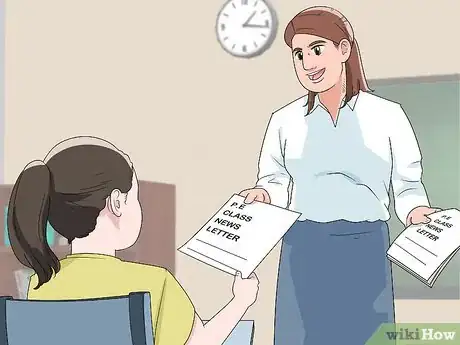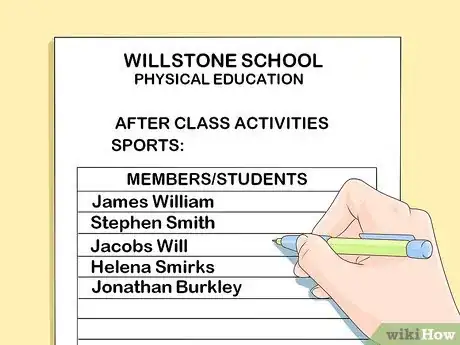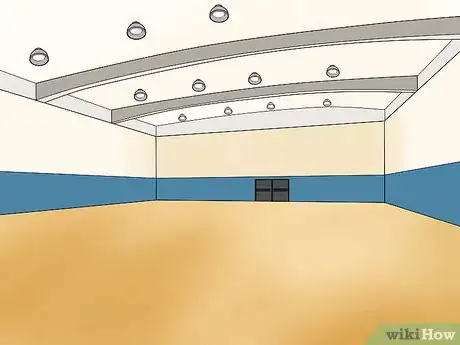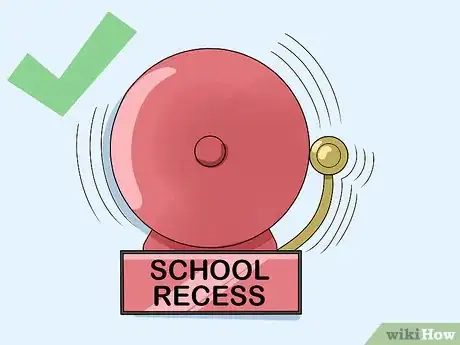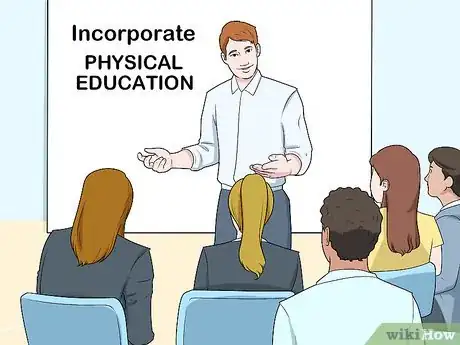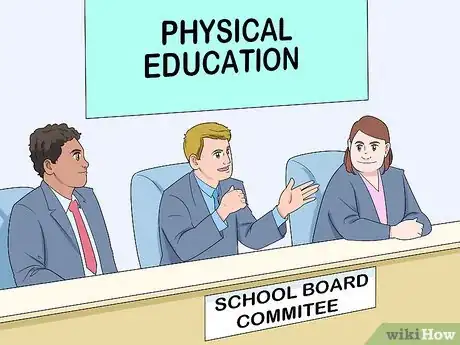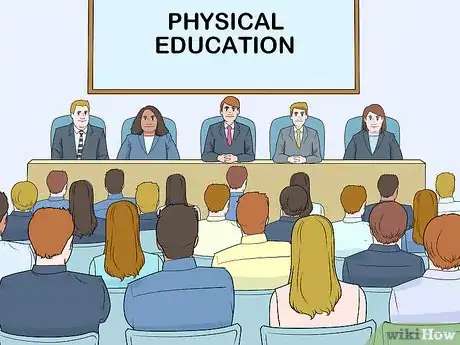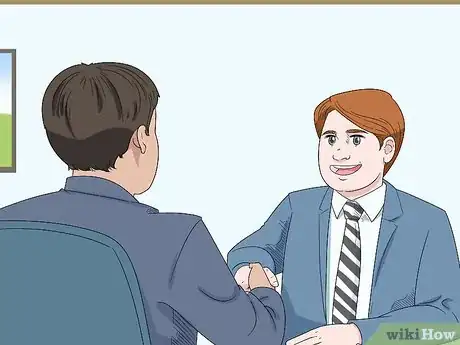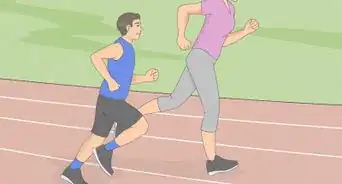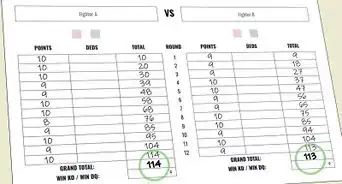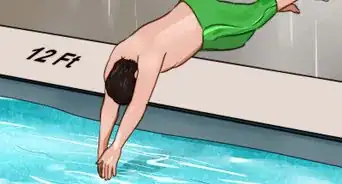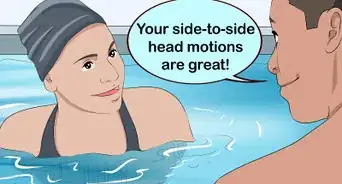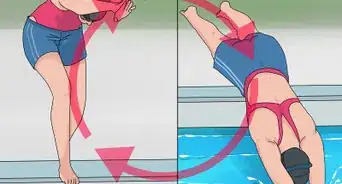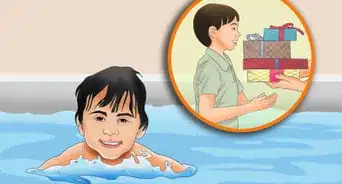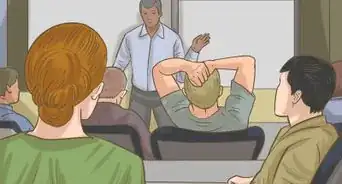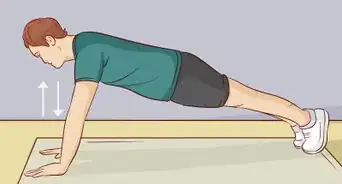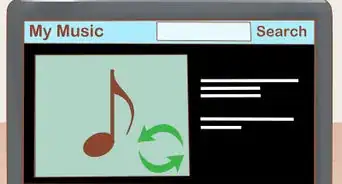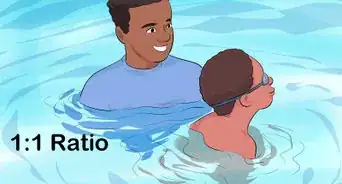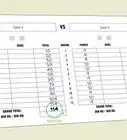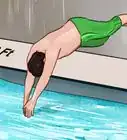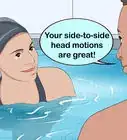This article was co-authored by Paige Bowen, MA, EdM. Paige Bowen is a Physical Education Teacher at Oconee County Primary School in Watkinsville, Georgia. Paige has over 20 years of physical education teaching experience. She was awarded the Oconee County Primary School Teacher of the Year for 2002-2003. She received a B.S.Ed. in Health and Physical Education from the University of Georgia in 1996 and an M.Ed. in Early Childhood Education in 2003 from the same institution.
This article has been viewed 36,153 times.
Physical education (PE) is an important aspect of a student's learning, especially at a young age. Whether you're a teacher, a parent, or a student, you can help to improve physical education in schools. By focusing on making physical education fun, encouraging after school activities, and contributing to PE programs, you can help to improve physical education in schools.
Steps
Creating Fun and Inclusive Physical Education
-
1Allow children to participate in team sports. Team sports encourage friendly competition and help students cooperate and work together toward a common goal. Students can learn how to positively communicate with each other in a social setting while also running, jumping, and playing.[1]
- Activities such as hockey, soccer, flag football, pickleball, softball, and basketball are very popular in PE classes. You can spend a few weeks on each sport, or pick just 2-3 to focus on during the year.
-
2Incorporate individual activities into the curriculum. Individual activities that don't require a team, such as yoga, weight training, golf, frisbee, and aerobics, tend to stick with children into their adult lives. This is a great time to teach them the basics in a safe and supportive environment, to foster enjoyment of these activities that will last a lifetime.Advertisement
-
3Set up stations for small groups. In large classes, breaking into multiple groups of five or six students to learn the fundamental skills of a sport or activity will help improve physical skills, social skills, and teamwork.
- You can have each group doing a specific activity at a station, and have them rotate every 10 minutes or longer. This provides variety and will help to keep students engaged.
-
4Plan inclusive activities for all students. A well-designed curriculum will have activities that accommodate all student needs. You can include activities that are inclusive to students with different needs while still challenging more athletically-inclined students.[2]
- For example, an activity such as yoga increases mobility, hand-eye coordination, and flexibility, but can be adjusted to be more or less challenging for individual student needs.
Encouraging Activity Outside of PE Class
-
1Ask parents to keep physical education in mind at home. By giving students information to take home to parents, such as a PE class newsletter, you can let parents know that their students are learning valuable lessons and skills in PE class. Letting parents know what children are learning will invite them to talk about physical education and the fun activities in PE with their children at home.
- If you have permission, include pictures of students while they are practicing activities in class or after school. It can help make kids feel proud of their skills and show parents exactly what happens in class.
-
2Enroll your student in after-school activities that interest them. If you're a parent, watch for papers sent home about after-school activities, and ask your student what they might be interested in doing. Most of these activities are funded based on the number of students that participate, so you can show your support by having your child get involved. These activities can reinforce the teamwork abilities and physical skills learned in PE class.
- For example, your student might be interested in a team sport, such as soccer, basketball, or softball. There are normally a number of different options for enrolling students in after-school team sports, including leagues sponsored by the schools or the community.
- Your student might also be interested in doing a more individual activity, such as yoga, dance, tennis, or golf. Many of these individual activities can be learned by attending classes that are provided by local businesses. Some communities may sponsor open classes, as well.
- If you have a busy schedule, you can coordinate with other parents to organize carpooling or snack duty.
-
3Provide safe and accessible spaces for after-school activities. By allowing after school activities to use PE spaces, you are ensuring that students will have a safe and accessible place to practice sports and movement outside of the classroom. This can encourage students to pursue these activities as a lifelong endeavor.
- For example, you can support the soccer team in front of the school board if they request funding for new nets. Both PE classes and the soccer team will benefit from safe equipment for students.
-
4Encourage recess breaks in your school. If your school does not already have a recess program implemented, encourage them to adopt one. Recess has been shown to keep students intellectually and physically engaged throughout the day.
- If you are a parent or student whose school does not have recess implemented for young students, you can visit a school board meeting and ask for the topic to be discussed.
-
5Train teachers to incorporate PE into other subjects. During teacher development classes, instruct teachers to include some physical activity in their curriculum. Encouraging students to get up and move by playing movement-based games in math, science, language or reading class can keep students' minds and bodies engaged throughout the day.[3]
- For example, having time in science class where students are encouraged to plant flowers, tend to a garden, or take soil samples will get them moving and also give them hands-on science experience.
Contributing to Physical Education Programs
-
1Join the school board in your area. School boards make decisions about funding and activities for all aspects of student life, including PE and after school activities. If you're particularly passionate about improving PE in your school, you can run to join the school board on a platform of expanding the PE program.[4]
- This is a large time commitment, so it is important to make sure you can attend all meetings and events before you commit to joining.
-
2Attend school board meetings. If you can't join a school board, you can still share your opinion at the meetings. School board meetings allow students and parents to express what is important to them, and request new programs such as after-school activities or more funding for PE classes.[5]
- Make sure you come prepared with some research on the topic that you'd like to discuss, as many school boards will reject proposals that are not supported by research or another academic source.
-
3Partner with local schools to keep students active throughout the year. Many community groups sponsor events throughout the year such as 5K runs and walks. If you are part of a group that does this, reach out to local schools and invite students, families, and faculty to attend. It will benefit the community and the organization![6]
Expert Q&A
-
QuestionHow can I help students who don't like gym class?
 Paige Bowen, MA, EdMPaige Bowen is a Physical Education Teacher at Oconee County Primary School in Watkinsville, Georgia. Paige has over 20 years of physical education teaching experience. She was awarded the Oconee County Primary School Teacher of the Year for 2002-2003. She received a B.S.Ed. in Health and Physical Education from the University of Georgia in 1996 and an M.Ed. in Early Childhood Education in 2003 from the same institution.
Paige Bowen, MA, EdMPaige Bowen is a Physical Education Teacher at Oconee County Primary School in Watkinsville, Georgia. Paige has over 20 years of physical education teaching experience. She was awarded the Oconee County Primary School Teacher of the Year for 2002-2003. She received a B.S.Ed. in Health and Physical Education from the University of Georgia in 1996 and an M.Ed. in Early Childhood Education in 2003 from the same institution.
Physical Education Teacher As a teacher, I would try to help them feel more comfortable just by approaching them and doing whatever the activity or the skill is along with them and ask them if they need help. A lot of times when kids don't enjoy PE, it's because they're afraid of doing something wrong or they don't know how to do something.
As a teacher, I would try to help them feel more comfortable just by approaching them and doing whatever the activity or the skill is along with them and ask them if they need help. A lot of times when kids don't enjoy PE, it's because they're afraid of doing something wrong or they don't know how to do something.
References
- ↑ https://www.theschoolrun.com/importance-teaching-your-child-teamwork
- ↑ https://www.cdc.gov/healthyschools/pecat/quality_pe.pdf
- ↑ https://www.cdc.gov/healthyschools/pecat/quality_pe.pdf
- ↑ https://www.greatschools.org/gk/articles/what-makes-a-great-school-board-member/
- ↑ https://www.greatschools.org/gk/articles/what-makes-a-great-school-board-member/
- ↑ https://www.edutopia.org/blog/school-community-collaboration-brendan-okeefe
